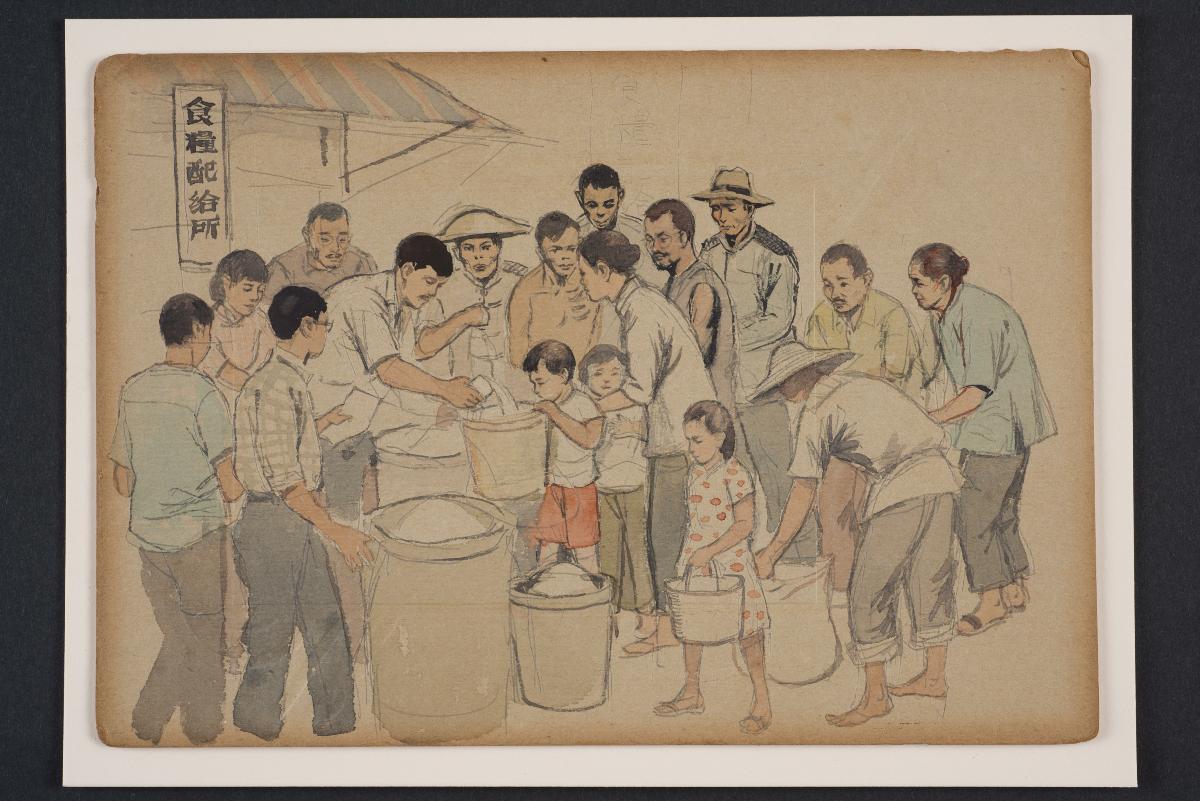5 Arts During Japanese Occupation

Three types of poems emerged during this period.
5 arts during japanese occupation. Aquino Commissioner of the Interior Antonio de las Alas Finance Jose P. These newer systems are commonly valued as sports or arts for self-improvement rather than methods for killing or maiming a battlefield opponent. The First line has 5 syllables the second 7 syllables and the third has 5.
HAIKU a poem of free verse that the Japanese liked. The joint American and Filipino soldiers in Bataan finally surrendered on April 9 1942. Occupation of Japan 194552 military occupation of Japan by the Allied Powers after its defeat in World War IITheoretically an international occupation in fact it was carried out almost entirely by US.
Schools and universities forbade speaking Korean and emphasized manual labor and loyalty to the Emperor. Haiku a poem of free verse that the Japanese like. FILIPINO POETRY DURING THIS PERIOD The common theme of most poems during the Japanese occupation was nationalism country love life in the barrios faith religion and the arts.
Japan also provided support in 1980 to the new Philippine government. These include judo karate kendo kyūdō iaidō and aikido. The Haiku is allegorical in meaning its short and covers a wide scope in meaning.
The Japanese reshuffling of cultural priorities placed him in a particularly advantageous position to acquire Japanese artespecially Buddhist artof exceptional quality for Western collections. Douglas MacArthurDuring the occupation period Japanese soldiers and civilians from abroad were repatriated to Japan arms industries were dismantled and political. 2 Tanaga like the Haiku its short but has a measure and a rhyme.
Each line consists of 17 syllables and it. It was made up of 17 syllables divided into three lines. While there was a Japanese occupation of the Republic of the Philippines between 1942 and 1945 that was widely resented by Filipinos since the end of World War II Japan has been a vital trade partner that has helped boost the Philippine economy.


















